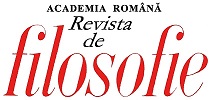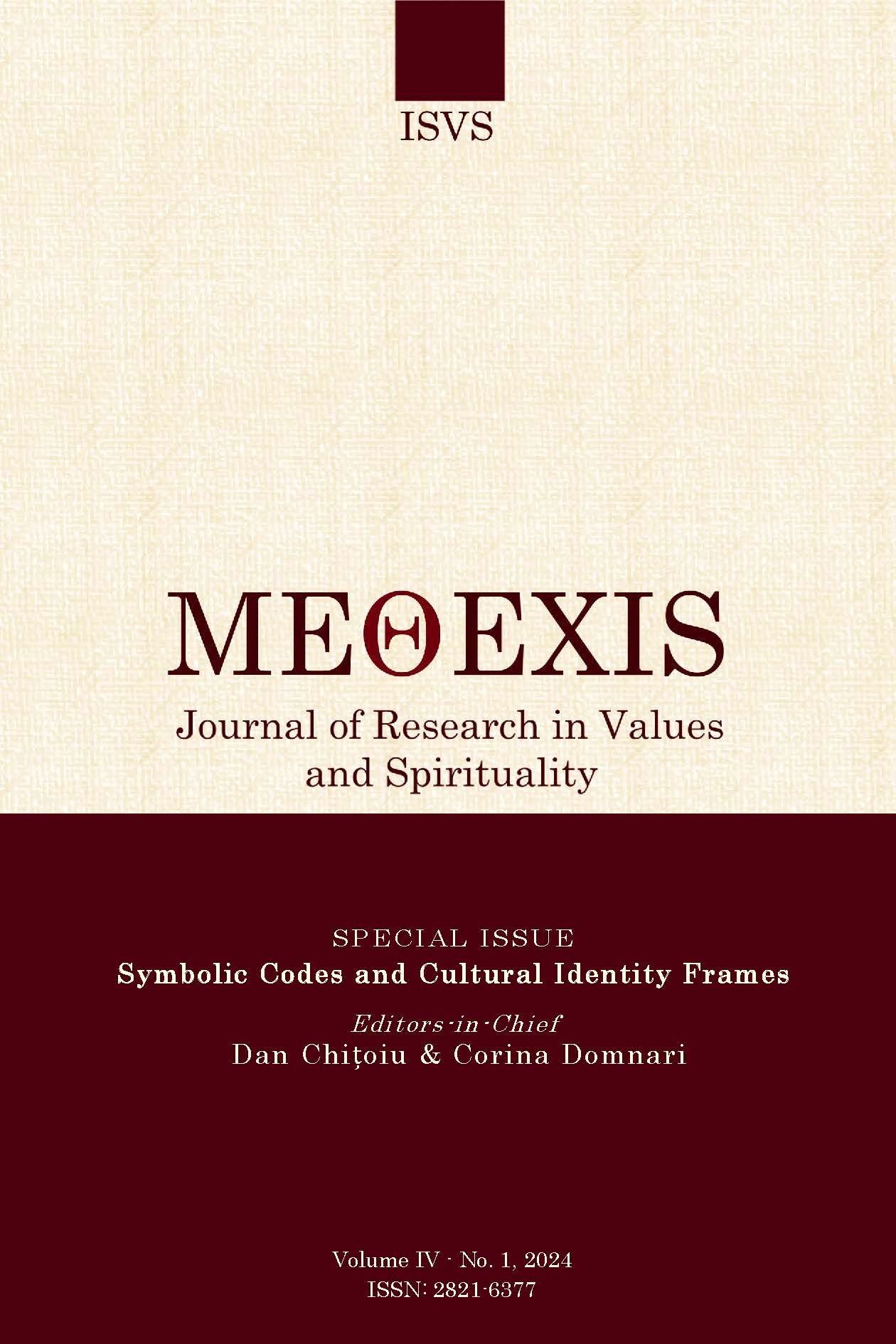Author(s): Seyhan MERCAN KALAYCI / Language(s): English
Issue: 45/2024
The emotional states that constitute a work of art are formed through the effects of a series of rules and regularities that explain the organization of various systems and also form the foundation of a field of study. Emotions, formal pleasures, and spiritual approaches are among the phenomena that develop a theory defining the general definition of art, delineating its boundaries, and identifying the qualities that allow us to label something as a "work of art." Additionally, art is related with the aesthetics of nature and human subjective realities. The emotional sentiments, characterized as reality for the artist and manifested through seeing and understanding, are dependent on the subjects to be addressed in art. Art, an inherent human capability, is essentially a representation of existence. The tangible qualities of natural objects, considered reality for the artist, assist in perceiving and grasping these emotional feelings in art. Furthermore, individually arising emotional states give rise to aesthetic judgment based on both objective and subjective evaluations. The essential qualities inherent in the essence of the artwork are the foundation of artistic existence. The form that aids in the emergence of artistic presence appears as the perceptible reality of any object through our senses. For the artist, the material characteristics in nature bring forth perceptions. Artistic works produced for aesthetic purposes help bring forth the existing emotional states. The artist reflects their artistic expression through a perspective developed from their perception of the dynamics of art, attempting to create artistic forms based on the interaction between everyday objects and the senses. Objects that transport perceived forms into reality and everyday items, in interaction with the senses, aid in creating artworks as a synthesis of spiritual approaches. Cultural, sociopolitical, and economic factors influencing society are among the primary factors affecting the creation of artworks. Additionally, variables related to the artist’s psychological state and societal structure play a role in this transformative process in the production of artworks. Thus, objects that inherently lack artistic meaning interact with each other in the journey of being transformed into artworks by artists. Our research is conducted by examining qualitative data related to the emotional states that constitute a work of art and their perceptual, spiritual, and formal effects. It is believed that this study will contribute to the field of art.
More...

















